The effect of the mode of applied breakage on coal yield
2017
…
306 pages
1 file

Sign up for access to the world's latest research
Abstract
Thank you for the encouragement and support throughout my studies. Byrone Malay, my love… Thank you for the support and believing in me. Toffie, Rambo, and Einsteinie… You paved the road to my heart with paw prints. vii ACKNOWLEDGEMENTS First, I would like to thank God for giving me the opportunity and strength to complete this research study. "So do not fear, for I am with you; do not be dismayed, for I am your God. I will strengthen you and help you; I will uphold you with my righteous right hand." Isaiah 41:10 I would like to show gratitude by thanking the following individuals for guidance, motivation, support, and assistance during the course of this research study:
Figures (456)




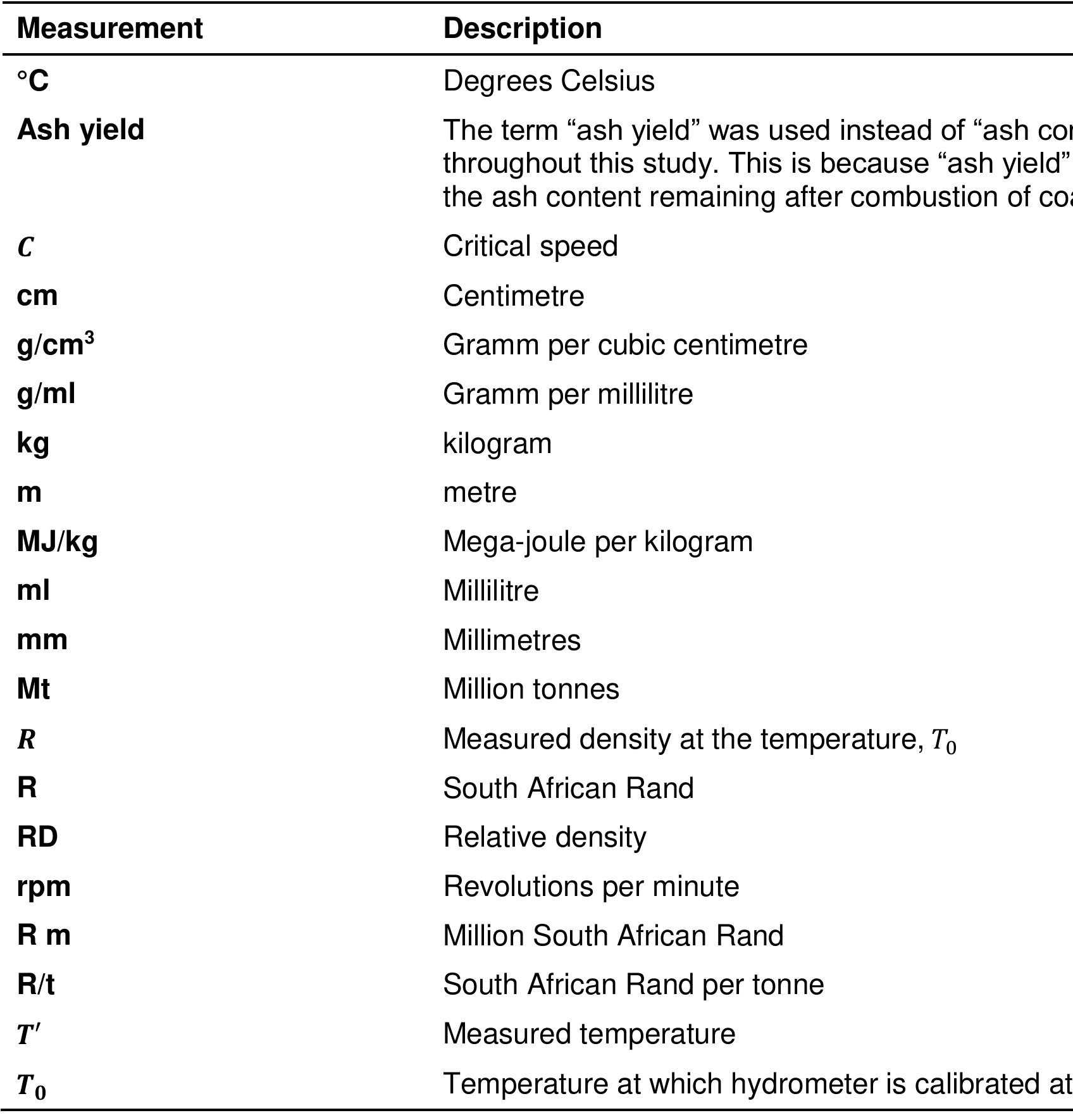



















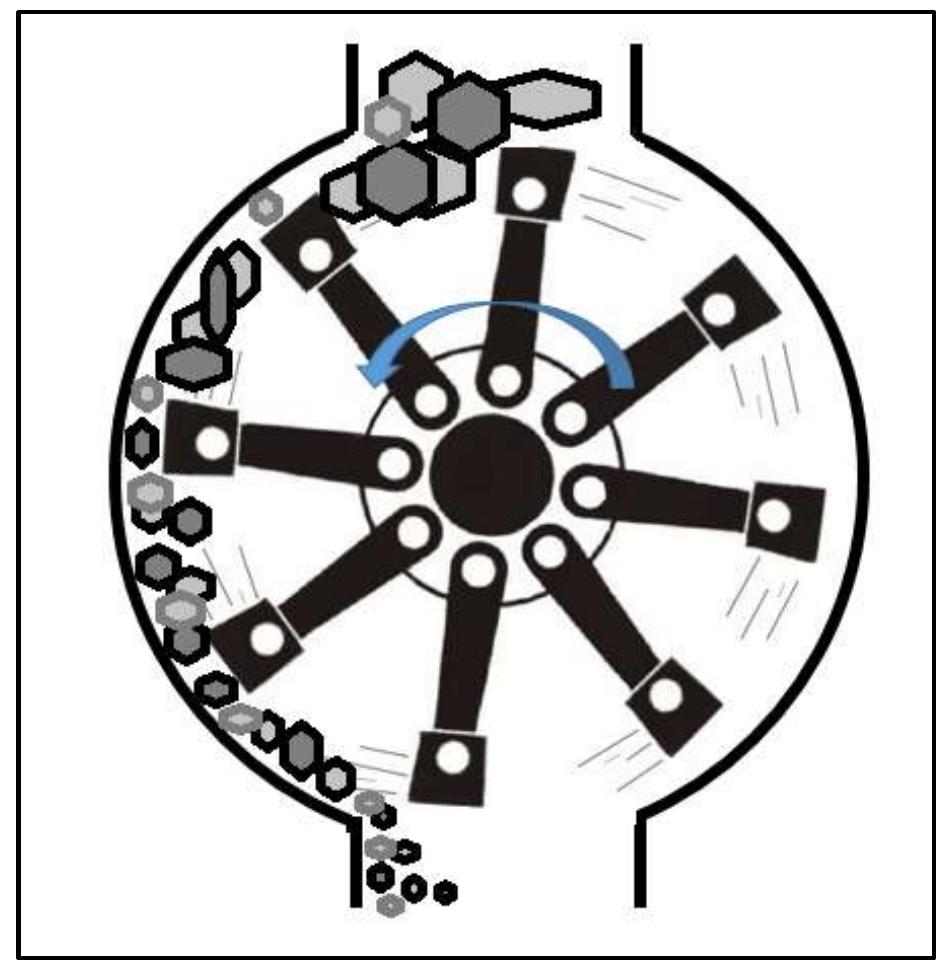









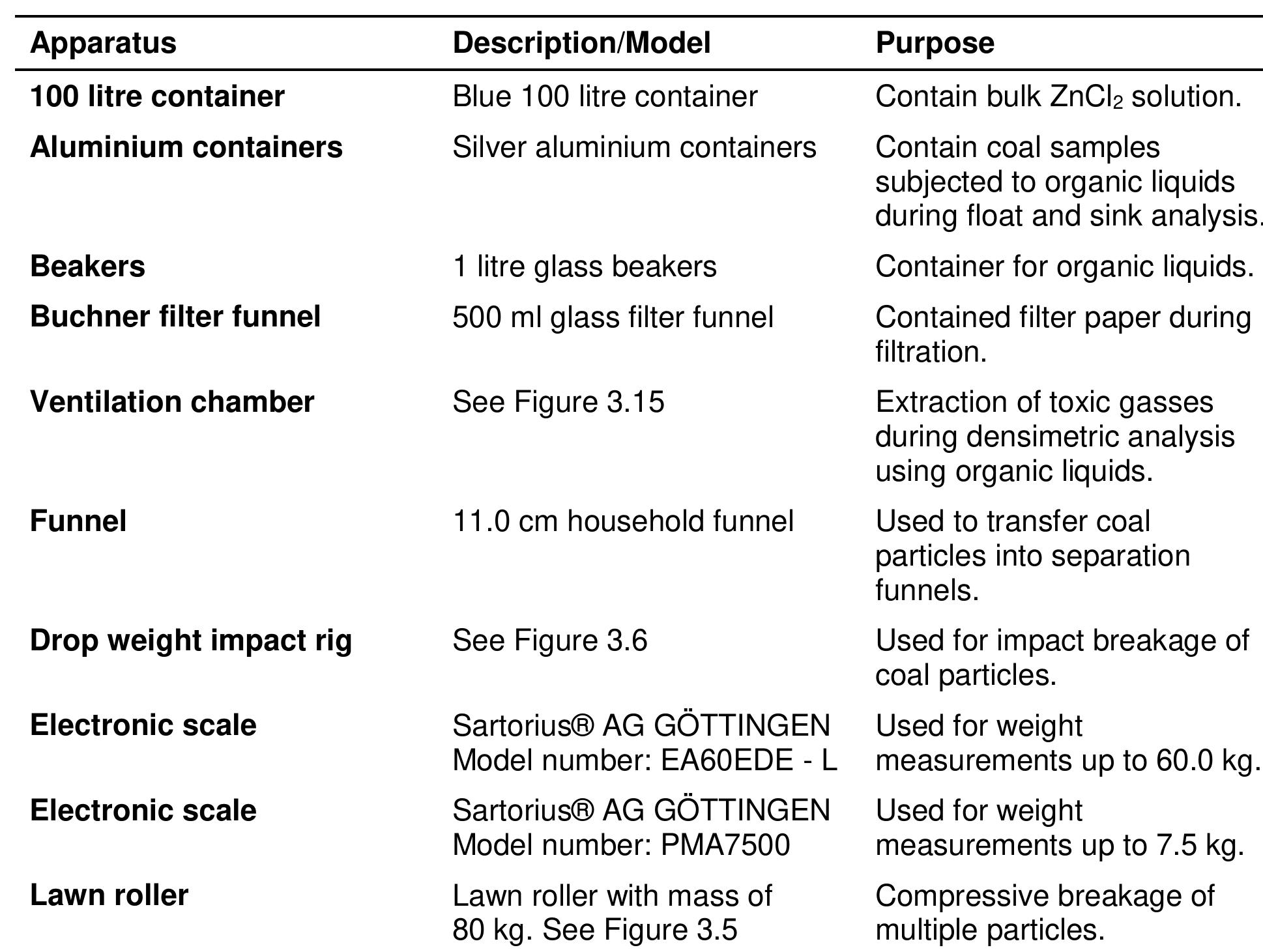


























































































































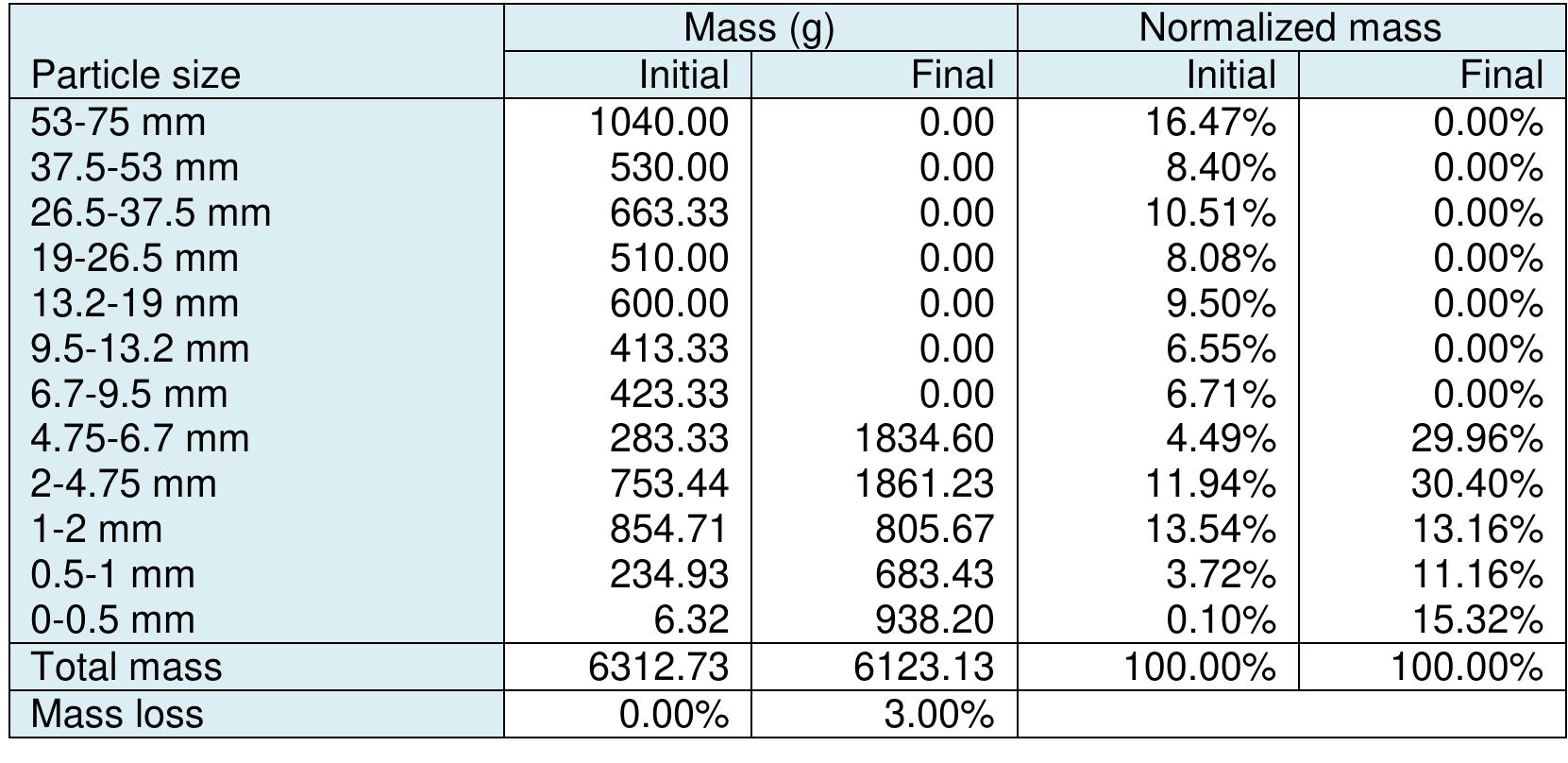

















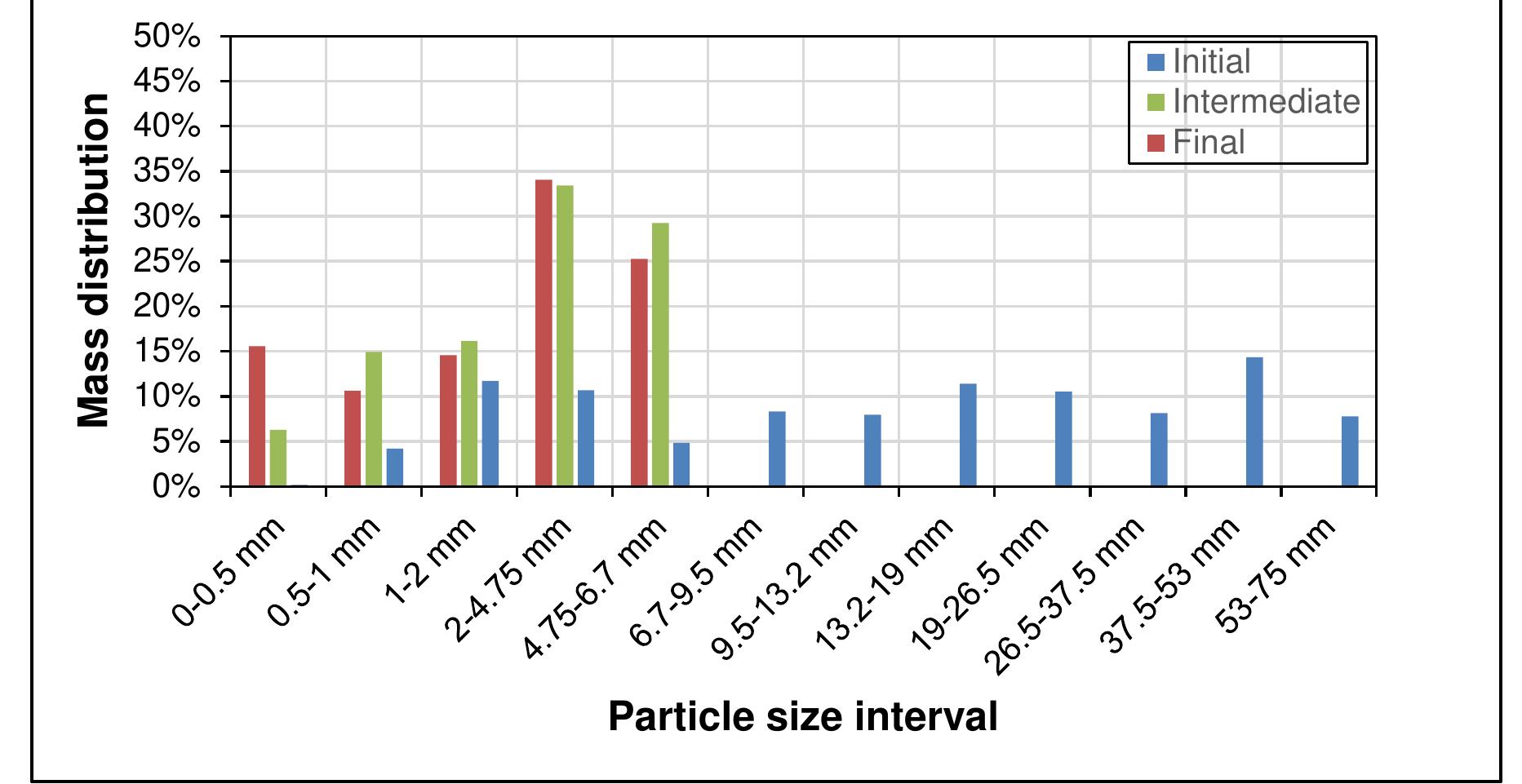









































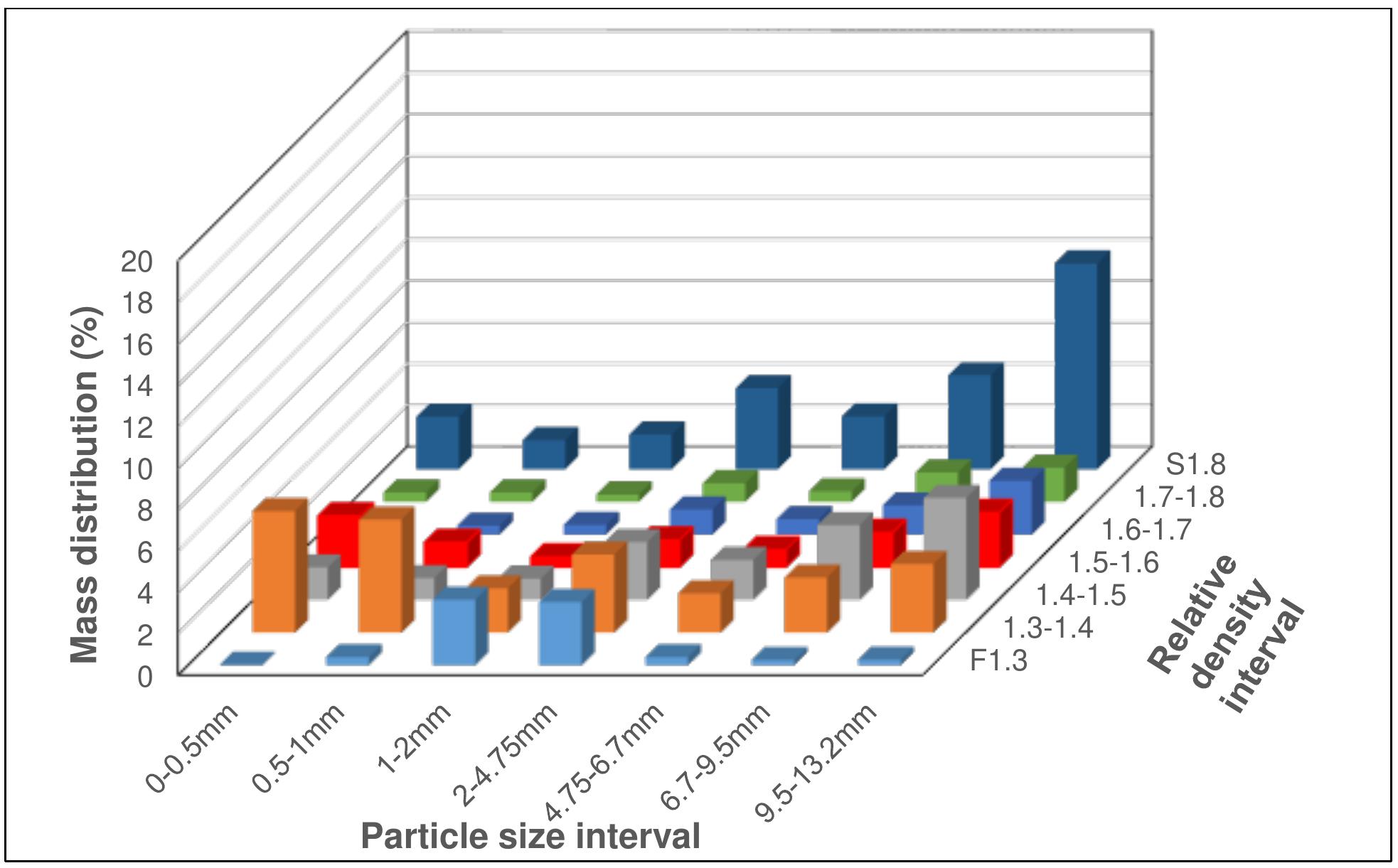








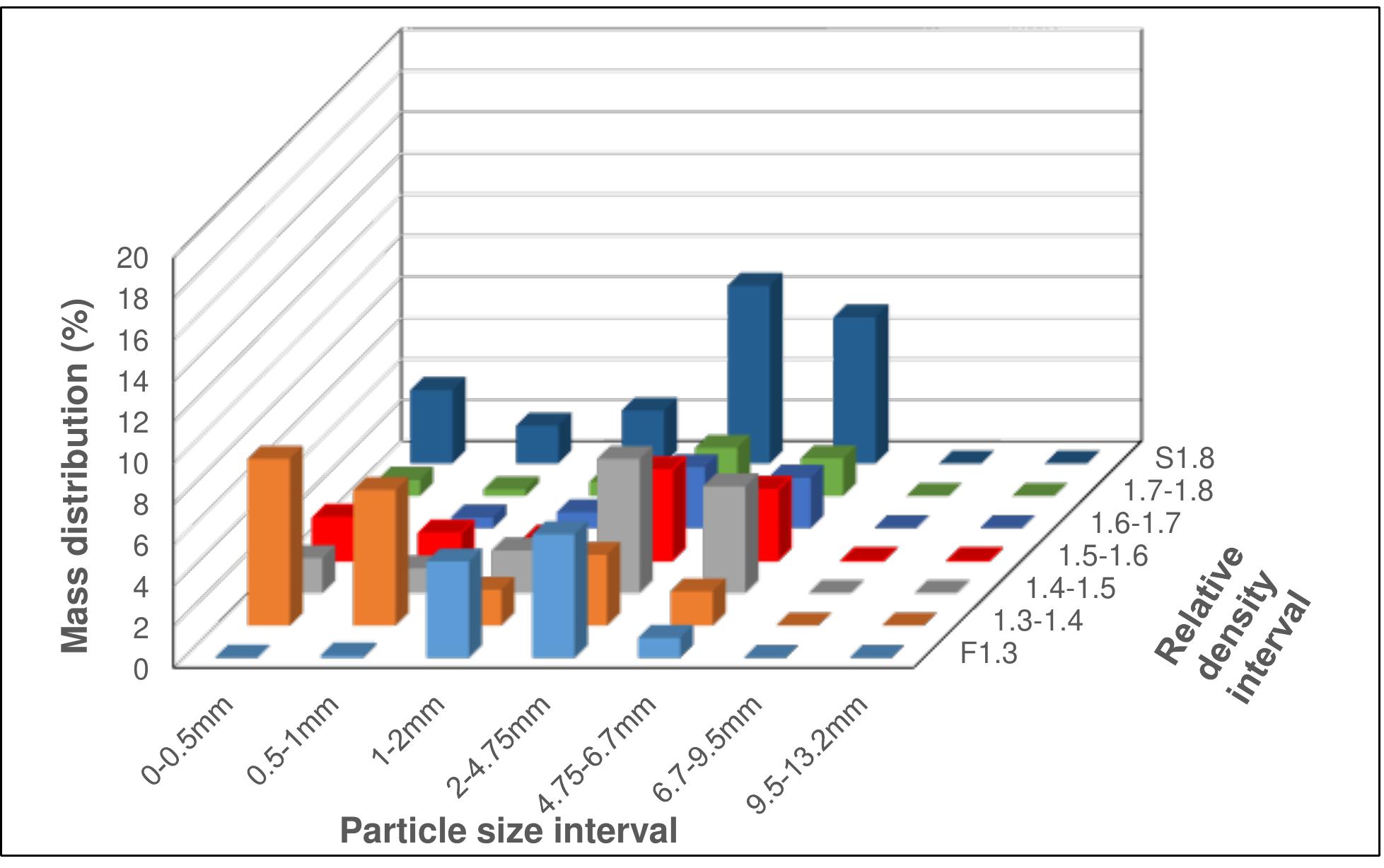


























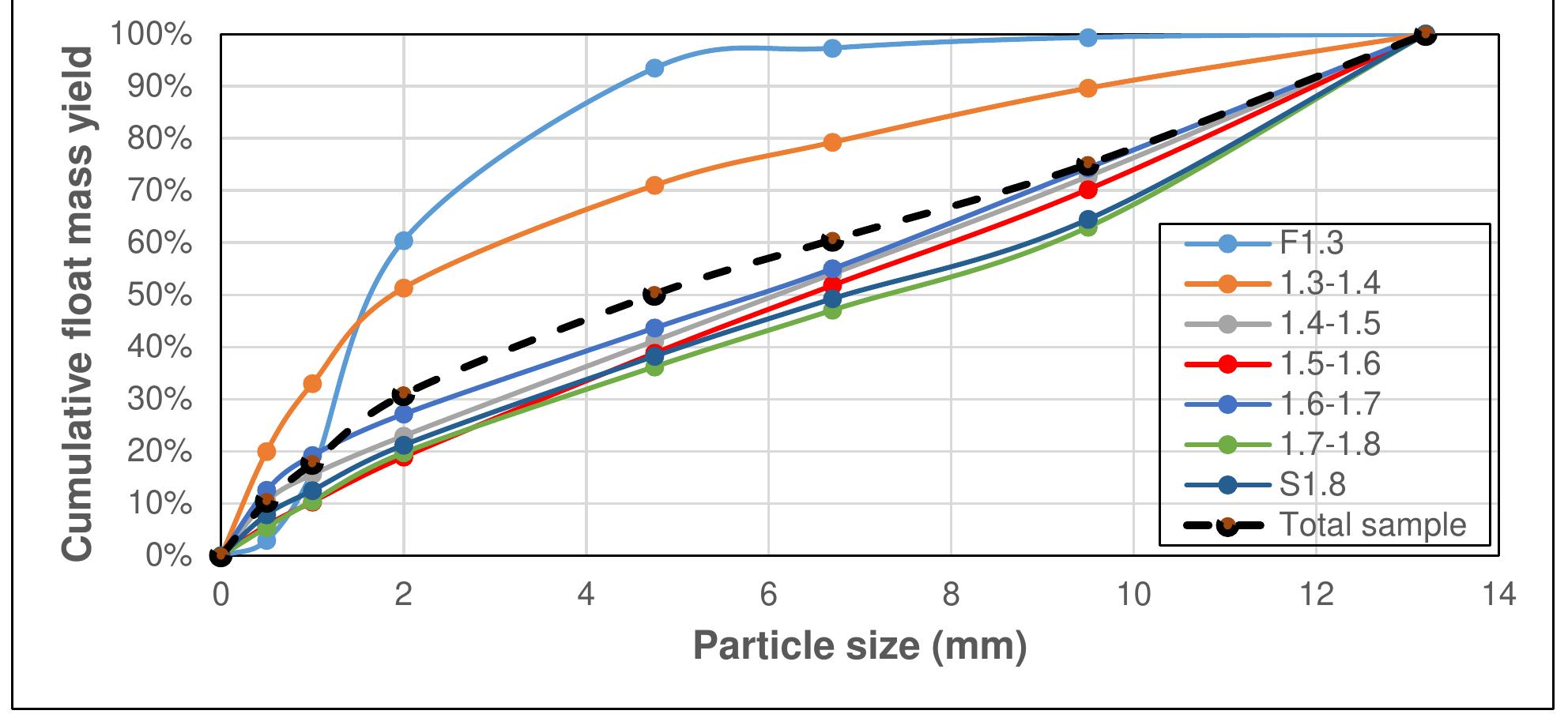













































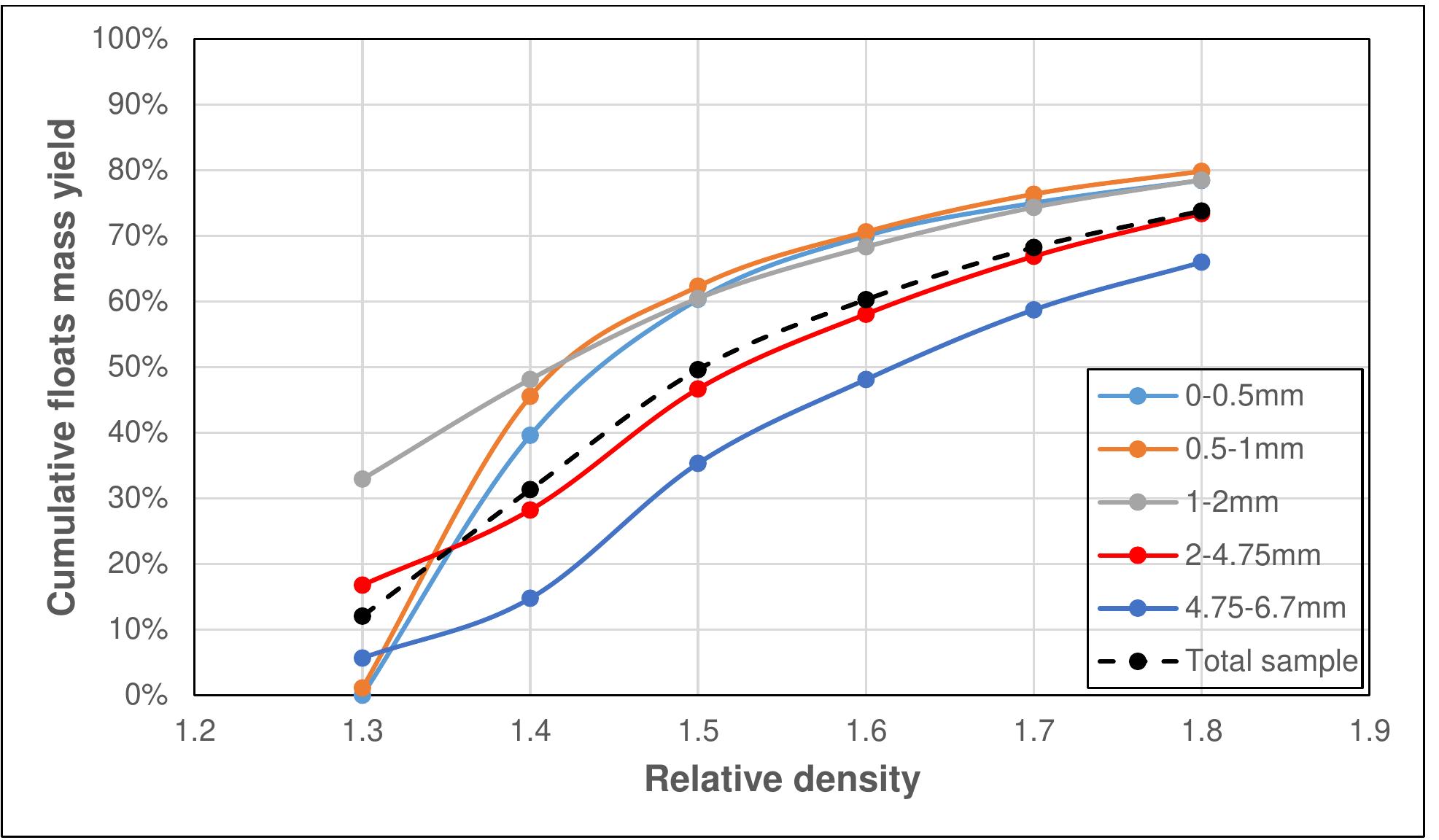



























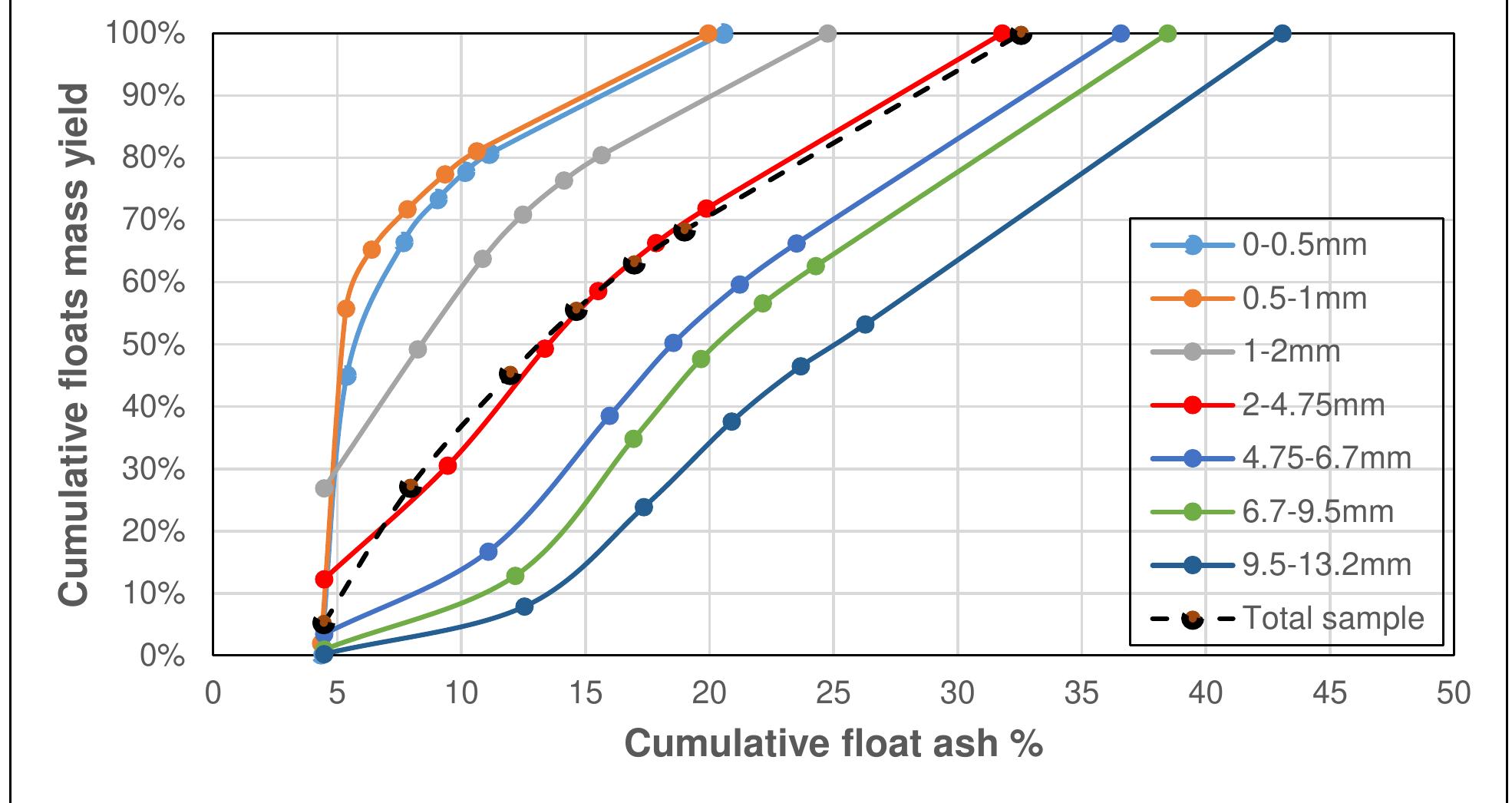























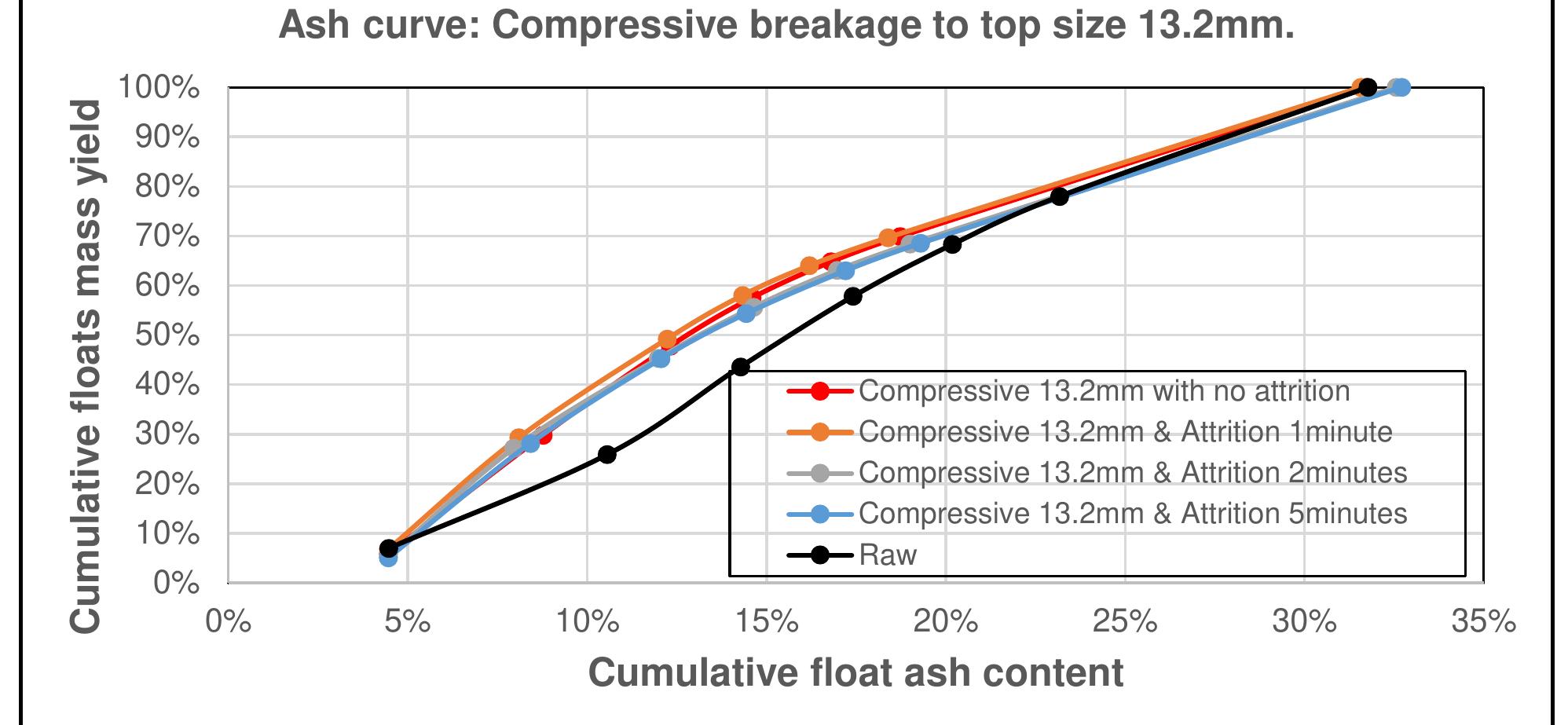








































































































Related papers
A number of simple field and laboratory studies and tests were carried out to visualize the nature and variation extent of mechanical properties with emphasis on cuttability across C1 coal seam in Parvade1 mine of Tabas located in east of Iran. Selection of the suitable coal winning machines and of the most effective and fitness bits for it and their arrangement on cutter head have a special relation to reach maximum productivity with minimum energy consumption. The effect of physico-mechanical properties on cuttability were studied in the laboratory and field for the C1 coal seam to identify the relevant parameters affecting the specific energy of coal cuttability. Field studies were also in-situ cuttability along with conducted over a number of active mechanized coal faces to study the geo-mining conditions of the site. The field and the laboratory data of coal cuttability was estimated due to the achieved results of uni-axial, shear, and tensile strength tests, as well as, Impact strength index, expanding bolt, and M.R.E. penetration tests on C1 coal seam.
Environmental Science Archives, 2024
Coal is a heterogeneous rock with complex characteristics. Composition varies even in centimeters. Origin influences the composition of coal deposits, both organic and inorganic materials. The concentration of vitrinite or inertinite is determined by the nature and origin of the coal during the formation. Fluctuation and rates of down-warping or up-warping influence the accumulation of inorganic materials. The rank of the coal is determined by the thermal treatment undergone by the coal deposits over the period. Internal Moisture content depends upon the rank of the coal. Surface moisture content is based on the size of mined and crushed coal. Beneficiation of coal is a process of reducing the inorganic materials.
Powder Technology, 2014
The breakage characteristics of low rank coals were tested in a laboratory using ECO coal from an Indonesian mine as the feed material. The grinding test results were used to fit the parameters of the breakage functions of an existing continuous hammer mill model. The mill holdup , specific energy and projection rate to the screen were analyzed to observe the effects of operating conditions. The results indicate that for each underscreen aperture there exists a characteristic threshold point of the feed rate above which over-grinding occurs. This threshold point can be used to determine the optimal operating conditions of the breakage process. Additionally, a scale-up model of the hammer mill is established based on the energy-size relationship to predict the mill capacity as a function of the mill design and the operating parameters. A comparison between the prediction from the model and the manufacturer's data illustrates that the model based on Rittinger's theory fits the breakage characteristics of the hammer mill better than the models based on Bond's and Kick's theories. The established scale-up model agrees well with the manufacturer's test data within an acceptable degree of accuracy.
Energy & Fuels, 2008
An experimental study was conducted to investigate the devolatilization characteristics of five Australian coals in a thermogravimetric analysis (TGA) reactor by varying the coal lump size and the temperature. The swelling ratio was measured after thermal treatment of coal lumps in a horizontal tube furnace at 1273 K while the cracks generated in the lumpy char samples were examined using scanning electron microscopy (SEM). Physical and chemical properties of coal and char samples were measured using CO 2 gas adsorption, Hg porosimetry, X-ray fluorescence (XRF) and X-ray diffraction (XRD). Under all the tested conditions, the total volatile yield of lumpy coals was found to be not influenced by either the temperature or particle size and was similar to that indicated in proximate coal analysis. However, as expected, the devolatilization rates were found to increase with increasing temperature as well as the increasing amount of volatiles present in the coal. The study further demonstrated that the effect of coal properties on the devolatilization rates of lumpy coals may not be significant as the rates decrease with increasing lump size, such that coal lumps with sizes more than 10 mm indicated similar orders of reaction rates. The apparent activation energy of coal lumps indicated a linear correlation with the stack height of the carbon crystallite of coals. The study demonstrated that the cracking and swelling behavior of coals was influenced by physical as well as chemical properties, particularly their modification during devolatilization conditions. The study showed that coals with low volatiles indicated high cracking which would increase further with increasing lump size in accordance with the size effect. The cracking tendency of coals appeared to have a reciprocal association with swelling tendency such that less swelling coals are more vulnerable to cracking.
2010
Proceedings of the 2010 Coal Operators\u27 Conference. All papers in these proceedings are peer reviewed in accordance with the AUSIMM publication standard

Loading Preview
Sorry, preview is currently unavailable. You can download the paper by clicking the button above.
References (94)
- Ajaka, E.O. & Akinbinu, V.A. 2011. Design, fabrication and performance analysis of a planetary roll mill for fine graining. ARPN Journal of Engineering and Applied Science, 6(4):75-90.
- ASTM (American Society for Testing and Materials). 2014. Hard coal -Standard Test Method for Sulfur in the Analysis Sample of Coal and Coke Using High-Temperature Tube Furnace Combustion. United States: ASTM International. (ASTM D4239-14e1).
- Callen, A.M., Pratten, S.J., Belcher, B.D. Lambert, N. & Galvin, K.P. 2010. An Alternative Method for Float-Sink Analysis of Fine Coal Samples using Water Fluidization. Coal Preparation, 22:293-310.
- Campbell, Q.P. 2016. Product prices [E-mail].
- Campbell, Q.P., Barnardo, M.D. & Bunt, J.R. 2013. Moisture adsorption and desorption characteristics of some South African coals. The Journal of The Southern Africa Institute of Mining and Metallurgy, 113:803-807.
- Davis, S.B. & Dawson, M.F. 1989. A laboratory study of attrition grinding. Journal of The South African Institute of Mining and Metallurgy, 89(8):231-241.
- De Korte, G.J. 2001. Beneficiation of Weathered Coal. http://www.coaltech.co.za/chamber%20databases%5Ccoaltech%5CCom_DocMan.nsf/0/D1887
- Directorate-General for Energy. 1990. Coal breakage characteristics in various forms of comminution equipment. Luxembourg: Commission of the European Communities. http://www.bookshop.europa.eu/es/coal-breakage-characteristics-in-various-forms-of- comminution-equipment.-report-pbCDNA12362/downloads/CD-NA-12-362-EN-
- C/CDNA12362ENC_001.pdf;pgid=y8dIS7GUWMdSR0EAlMEUUsWb0000UnZZGQV9?FileNa me=CDNA12362ENC_001.pdf&SKU=CDNA12362ENC_PDF&CatalogueNumber=CD-NA-12- 362-EN-C. Date of access: 25 October 2016.
- Dorland, H. 2016. Visual description of Moatize coal. [E-mail].
- Drzymala, J. 2007. Mineral Processing. 1 st Ed. Wroclaw: University of Technology.
- Eberhard, A. 2011. The future of South African coal: Market, investment, and policy challenges. https://pesd.fsi.stanford.edu/sites/default/files/WP_100_Eberhard_Future_of_South_African_Co al.pdf. Date of access: 25 October 2016.
- Esterle, J.S., Kolatschek, Y. & O'Brien, G. 2002. Relationship between in situ coal stratigraphy and particle size and composition after breakage in bituminous coals. International Journal of Coal Geology, 49(2002):195-214.
- Falcon, L.M. & Falcon, R.M.S. 1987. The petrographic composition of Southern African coals in relation to friability, hardness, and abrasive indices. Journal of the South African Institute of Mining and Metallurgy, 87(10):323-336.
- Falcon, R. & Ham, A.J. 1988. The characteristics of Southern African coals. Journal of the South African Institute of Mining and Metallurgy, 88(5):145-161.
- Falcon, R.M.S. & Snyman, C.P. 1986. An introduction to coal petrography: Atlas of petrographic constituents in the bituminous coals of Southern Africa. Johannesburg, South Africa: The Geological Society of South Africa.
- GEMECS (Pty) Ltd. 2010. Limpopo Coal Project Coal Resource CPR. http://www.universalcoal.com/wp-content/sharelink/20101209-independent-competent-persons- report----limpopo-87548883349868851.pdf. Date of access: 25 October 2016.
- Hancox, P.J. & Götz, A.E. 2014. South Africa's coalfields -A 2014 perspective. International Journal of Coal Geology, 132(2014):170-254.
- Hanlon, J. 2013. Mozambique to become one of biggest coal & gas producers. Mozambique political process bulletin, 53(2013):1-12.
- Hartnady, C.J.H. 2010. South Africa's diminishing coal reserves. South African Journal of Science, 106(9/10):1-5.
- Hatton, W. & Fardell, A. 2012. New discoveries of coal in Mozambique -Development of the coal resource estimation methodology for International Resource Reporting Standards. International Journal of Coal Geology, 89(2012):2-12.
- Hogg, R. 1999. Breakage mechanisms and mill performance in ultrafine grinding. Powder Technology, 105(1999):135-140.
- Holuszko, M.E. & Grieve, D.A. 1990. Washability characteristics of British Columbia Coals. Geological Fieldwork, 1991(1):371-379.
- Holuszko, M.E. & Mastalerz, M.D. 2014. Coal Macerals Chemistry and its Implications for Selectivity in Coal Floatability. International Journal of Coal Preparation and Utilization, 35(2):99-110.
- Horsfall, D.W. 1980. A general review of coal preparation in South Africa. Journal of the South African Institute of Mining and Metallurgy, 1980(80):257-268.
- International Monetary Fund. 2016. Commodity Special Feature from World Economic Outlook. https://www.imf.org/external/pubs/ft/weo/2016/01/pdf/SF_Commod.pdf. Date of access: 25 October 2016.
- ISO (International Organization for Standardization). 1992. Hard coal -Determination and presentation of float and sink characteristics -General directions for apparatus and procedures. Pretoria: SABS Standards Division. (ISO 7936).
- ISO (International Organization for Standardization). 1994. Hard coal -Size analysis by sieving. Pretoria: SABS Standards Division. (ISO 1953).
- ISO (International Organization for Standardization). 1994. Accuracy (trueness and precision) of measurement methods and results. Pretoria: SABS Standards Division. (ISO 5725).
- ISO (International Organization for Standardization). 1997. Solid mineral fuels -Determination of ash content. Pretoria: Standards South Africa. (ISO 1171).
- ISO (International Organization for Standardization). 1998. Hard coal and coke -Determination of volatile matter. Pretoria: Standards South Africa. (ISO 562).
- ISO (International Organization for Standardization). 2001. Hard coal and coke -Mechanical sampling. Pretoria: SABS Standards Division. (ISO 13909).
- ISO (International Organization for Standardization). 2003. Hard coal -Determination of the crucible swelling number. Pretoria: SABS Standards Division. (ISO 501).
- ISO (International Organization for Standardization). 2006. Hard coal and coke -Manual sampling. Pretoria: Standards South Africa. (ISO 18283).
- ISO (International Organization for Standardization). 2009. Solid mineral fuels -Determination of gross calorific value by the bomb calorimetric method, and calculation of net calorific value. Pretoria: SABS Standards Division. (ISO 1928).
- Ito, M., Owada, S., Nishimura, T. & Ota, T. 2009. Experimental study of coal liberation: Electrical disintegration versus roll-crusher comminution. International Journal of Mineral Processing, 92(2009):7-14.
- Jankovic, A., Valery, W. & La Rosa, D. 2000. Fine grinding in the Australian mining industry. http://www.metso.com/miningandconstruction/mct_service.nsf/WebWID/WTB-120106-22576- A45AE/$File/043.pdf. Date of access: 25 October 2016.
- Jeffrey, L.S. 2005. Characterization of the coal resources of South Africa. The Journal of The South African Institute of Mining and Metallurgy, 105(2):95-102.
- Khandelwal, M. & Singh, T.N. 2010. Prediction of macerals contents of Indian coals from proximate and ultimate analyses using artificial neural networks. Fuel, 89(2010):1101-1109.
- King, R.P. 1999. Technical notes 8 Grinding. http://www.mineraltech.com/MODSIM/ModsimTraining/Module6/Grinding.pdf. Date of access: 25 October 2016.
- King, R.P. & Birtek, N. 1990. The washability of fine South African coals. Journal of the South African Institute of Mining and Metallurgy, 90(11):289-301.
- Kruger, H. 2013. Coking coal. http://www.fossilfuel.co.za/conferences/2013/CoalCokeCarbon/Day-One/02-Hannes- Kruger_Coking-Coal.pdf. Date of access: 25 October 2016.
- Kumba Resources, 2016. Macro-economics and commodity prices. http://www.exxaro.com/pdf/icpr/ef/me/coal_analysis.htm. Date of access: 25 October 2016.
- Lakshminarayana, G. 2015. Geology of Barcode type coking coal seams, Mecondezi sub-basin, Moatize Coalfield, Mozambique. International Journal of Coal Geology, 146(2015):1-13.
- Laubach, S.E., Marrett, R.A., Olson, J.E. & Scott, A.R. 1998. Characteristics and origins of coal cleat: A review. International Journal of Coal Geology, 35(1998): 175-207.
- Le Roux, M., Campbell, Q.P. & Smit, W. 2012. Large-scale design and testing of an improved fine coal dewatering system. The Journal of the Southern African Institute of Mining and Metallurgy, 112:673-676.
- Levine, D.G., Schlosberg, R.H. & Silbernagel, B.G. 1982. Understanding the Chemistry and Physics of Coal Structure (A Review). Proceedings of the National Academy of Sciences of the United States of America, 79(10):3365-3370.
- Mahapatra, D. 2015. A Review on Steam Coal Analysis -Moisture. American International Journal of Research in Science, Technology, Engineering and Mathematics, pp143-152.
- Mohanta, S., Sahoo, B., Behera, I.D. & Pradhan, S. 2015. Effect of crushing on near-gravity material distribution in different size fractions of an Indian non-coking coal. The Journal of The South African Institute of Mining and Metallurgy, 116(2):209-213.
- O' Brien, G., Firth, B. & Adair, B. 2011. The application of the coal grain analysis method to coal liberation studies. International Journal of Coal Preparation and Utilization, 31(2011):96-111.
- Oki, T., Yotsumoto, H. & Owada, S. 2004. Calculation of degree of mineral matter liberation in coal from sink-float separation data. Minerals Engineering, 17(2004):39-51.
- Özer, C.E. & Whiten, W.J. 2012. A multi-component appearance function for the breakage of coal. International Journal of Mineral Processing, 104-105(2012):37-44.
- Pan, J., Meng, Z., Hou, Q., Ju, Y. & Cao, Y. 2013. Coal strength and Young's modulus related to coal rank, compressional velocity and maceral composition. Journal of Structural Geology, 54(2013):129-135.
- Pinheiro, H.J. & Cook, A.C. 2005. Cutting out the complexities of coal classification. ISO Focus, 2(6):20-24.
- Pooe, D. & Mathu, K. 2011. The South African Coal Mining Industry: A need for a more efficient and collaborative supply chain. Journal of Transport and Supply Chain Management, 5(1):316-336.
- Powell, D. 2016. Coal beneficiation [personal communication].
- Raju, C.A.I., Satyanandam, K , Sravanthi, D.V.S., Hussain Reddy, P. & Rao, P.J. 2013. Studies on Batch Grinding of Bauxite Ore in Ball Mill. International Journal of Engineering and Innovative Technology, 2(11):140-147.
- Rosenfeld, D. 2012. The coal mining sector in Mozambique: A simple mode of predicting government revenue. http://www.iese.ac.mz/lib/publication/III_Conf2012/IESE_IIIConf_Paper19.pdf. Date of access: 25 October 2016.
- Sahoo, R. 2006. Review: An investigation of single particle breakage tests for coal handling system of the Gladstone Port. Powder Technology, 161(2006):158-167.
- Sahoo, R. & Roach, D. 2005. Quantification of the lump coal breakage during handling operation at the Gladstone Port. Chemical Engineering and Processing, 44(2005):797-804.
- Sankar Prasath, D. & Venkatesh, N. 2014. Design and analysis of ball mill inlet chute for roller press circuit in cement industry. International Journal of Research in Engineering and Technology, 3(11):205-212.
- SANS (South African National Standards). 1994. Hard coal -Size analysis by sieving. Pretoria: SABS Standards Division. (SANS 1953).
- SANS (South African National Standards). 2005. Solid minerals fuels -Determination of moisture in the general analysis test sample by drying in nitrogen. Pretoria: SABS Standards Division. (SANS 11722).
- SANS (South African National Standards). 2009. Accuracy (trueness and precision) of measurement methods and results. Part 6: Use in practice of accuracy values. Pretoria: SABS Standards Division. (SANS 5725).
- SANS (South African National Standards). 2011. Coal -Proximate analysis. Pretoria: SABS Standards Division. (SANS 17246).
- SANS (South African National Standards). 2007. Hard coal and coke -Manual sampling. Pretoria: SABS Standards Division. (SANS 18283).
- SANS (South African National Standards). 2010. Hard coal -Determination and presentation of float and sink characteristics -General directions for apparatus and procedures. Pretoria: SABS Standards Division. (SANS 7936).
- SANS (South African National Standards). 2010. Standard test method of drop shatter test for coal. Pretoria: SABS Standards Division. (SANS 401).
- Scholtès, L., Donzé, F. & Khanal, M. 2001. Scale effects on strength of geomaterials, case study: coal. Journal of the Mechanics and Physics of Solids, 59(5):1131-1146.
- Shi, F. 2014. Coal breakage characterization -Part 2: Multi-component breakage modelling. Fuel, 117(2014):1156-1162.
- Shi, F. & Zuo, W., 2014. Coal breakage characterization -Part 1: Breakage testing with the JKFBC. Fuel, 117(2014):1148-1155.
- Singh, V., Venugopal, R., Banerjee, P.K. & Saxena, V.K. 2014. Effect of morphology on breakage and liberation characteristics of minerals and coal. Minerals and Metallurgical Processing, 31(4):186-192.
- Speight, J.G. 2005. Handbook of Coal Analysis. 1 st ed. New Jersey: John Wiley & Sons, Inc.
- Subramoney, J., van Wyk, J., Dithupe, M., Molapo, A., Mahlangu, N. & Morumudi, R. 2009. Digest of South African energy statistics 2009. http://www.energy.gov.za/files/media/explained/2009%20Digest%20PDF%20version.pdf. Date of access: 25 October 2016.
- Surowiak, A. 2013. Assessment of Coal Mineral Matter Liberation Efficiency Index. http://www.potopk.republika.pl/Full_text/im_2013_z2_a28.pdf. Date of access: 25 October 2016.
- Sushant, S. & Archana, K. 2013. Methods of size reduction and factors affecting size reduction in pharmaceutics. International Research Journal of Pharmacy, 4(8):57-64.
- Tavares, L.M. 2004. Optimum routes for particle breakage by impact. Powder Technology, 142(2004):81-91.
- The South African Coal Roadmap. 2011. Overview of the South African coal value chain. http://www.sanedi.org.za/wp-content/uploads/2016/02/sacrm_overview.pdf. Date of access: 25 October 2016.
- The Southern African Coal Processing Society. 2015. Coal Preparation in Southern Africa. 5 th ed. South Africa: The Southern African Coal Processing Society. The Southern African Institute of Mining and Metallurgy. 2013. Coal -Balance between supplies to Eskom and exports. http://www.saimm.co.za/journal-presidents-corner/323-coal- balance-between-supplies-to-eskom-and-exports. Date of access: 25 October 2016.
- Usaini, M.N.S., Ali, M. & Usman, H.A. 2014. Determination of liberation size of Akiri copper ore, Nasarawa state, north-central Nigeria. International Journal of Engineering Development and Research, 2(2):1444-1452.
- Vasconcelos, L. 1999. The petrographic composition of world coals. Statistical results obtained from a literature survey with reference to coal type (maceral composition). International Journal of Coal Geology, 40(1999):27-58.
- Vasconcelos, L., Chafy, A. & Xerinda, L. 2014. Determination of the limit of oxidation in zones of sub-outcropping Chipanga Coal Seam, Moatize Coal Basin, Mozambique. Journal of African Earth Sciences, 99(2014):554-567.
- Viljoen, J., Campbell, Q.P., Le Roux, M. & De Beer, F. 2015. An Analysis of the Slow Compression Breakage of Coal Using Microfocus X-Ray Computed Tomography. International Journal of Coal Preparation and Utilization, 35(2015):1-13.
- Wagner, N.J. & Tlotleng, M.T. 2012. Distribution of selected trace elements in density fractionated Waterberg coals from South Africa. International Journal of Coal Geology, 94(2012):225-237.
- Ward, C.R. 2002. Analysis and significance of mineral matter in coal seams. International Journal of Coal Geology, 50(2002):135-168.
- Ward, C.R. & French, D. 2004. Analysis and Significance of Mineral Matter in Coal. Paper presented at the Twenty-first Annual Meeting of The Society for Organic Petrology, Sydney, Australia, 27 September. https://pubs.usgs.gov/of/2004/1283/tsop_volume.pdf. Date of access: 25 October 2016.
- Weining, X., Yaqun, H., Xiangnan, Z.,Linhan, G., Yajun, H., Haifeng, W. 2013. Liberation characteristics of coal middlings comminuted by jaw crusher and ball mill. International Journal of Mining Science and Technology, 23(2013):669-674.
- Wills, B.A. & Napier-Napier-Munn, T.J. 2006. Wills' Mineral Processing Technology. 7 th ed. Queensland: Elsevier Science & Technology Books.
- World Coal Institute. 2005. The Coal Resource: A Comprehensive Overview of Coal. http://www.worldcoal.org/file_validate.php?file=coal_resource_overview_of_coal_report(03_06_ 2009).pdf. Date of access: 25 October 2016.
- World Energy Council. 2013. World Energy Resources: Coal. https://www.worldenergy.org/wp- content/uploads/2013/10/WER_2013_1_Coal.pdf. Date of access: 25 October 2016.
- Wright, J.D., Bean, V.E. & Aguilera, J. 2008. NIST Calibration Services for Hydrometers. https://www.nist.gov/sites/default/files/documulents/calibrations/sp250-78.pdf. Date of access: 19 September 2016.
- Xie, K.C. 2015. Structure and Reactivity of Coal. 1 st ed. London: Springer-Verlag Berlin Heidelberg.
- XMP Consulting CC. 2014. The South African Coal industry. Paper presented at the Coaltrans Conferences, Dubai, 25 November. http://www.fossilfuel.co.za/presentations/2014/The_SA_Coal_Industry_Middle_East_Coaltrans- 2014.pdf. Date of access: 25 October 2016.
- Zhu, Q. 2014. Coal sampling and analysis standards. https://www.usea.org/sites/default/files/042014_Coal%20sampling%20and%20analysis%20stan dards_ccc235.pdf. Date of access: 13 October 2016.
Related papers
Journal of Minerals and Materials Characterization and Engineering, 2009
Fuel, 2015
Production Engineering Archives
International Journal of Rock Mechanics and Mining Sciences, 2015
AIP Conference Proceedings, 2018
International Journal of Coal Preparation and Utilization, 2011
Research Square (Research Square), 2024
UKH Journal of Science and Engineering, 2021
International Journal of Rock Mechanics and Mining Sciences & Geomechanics Abstracts, 1981
Volume 3: Coal, Biomass and Alternative Fuels; Combustion and Fuels; Oil and Gas Applications; Cycle Innovations, 1982
Rock Mechanics and Rock Engineering, 2013
 Wilmeri Potgieter
Wilmeri Potgieter
